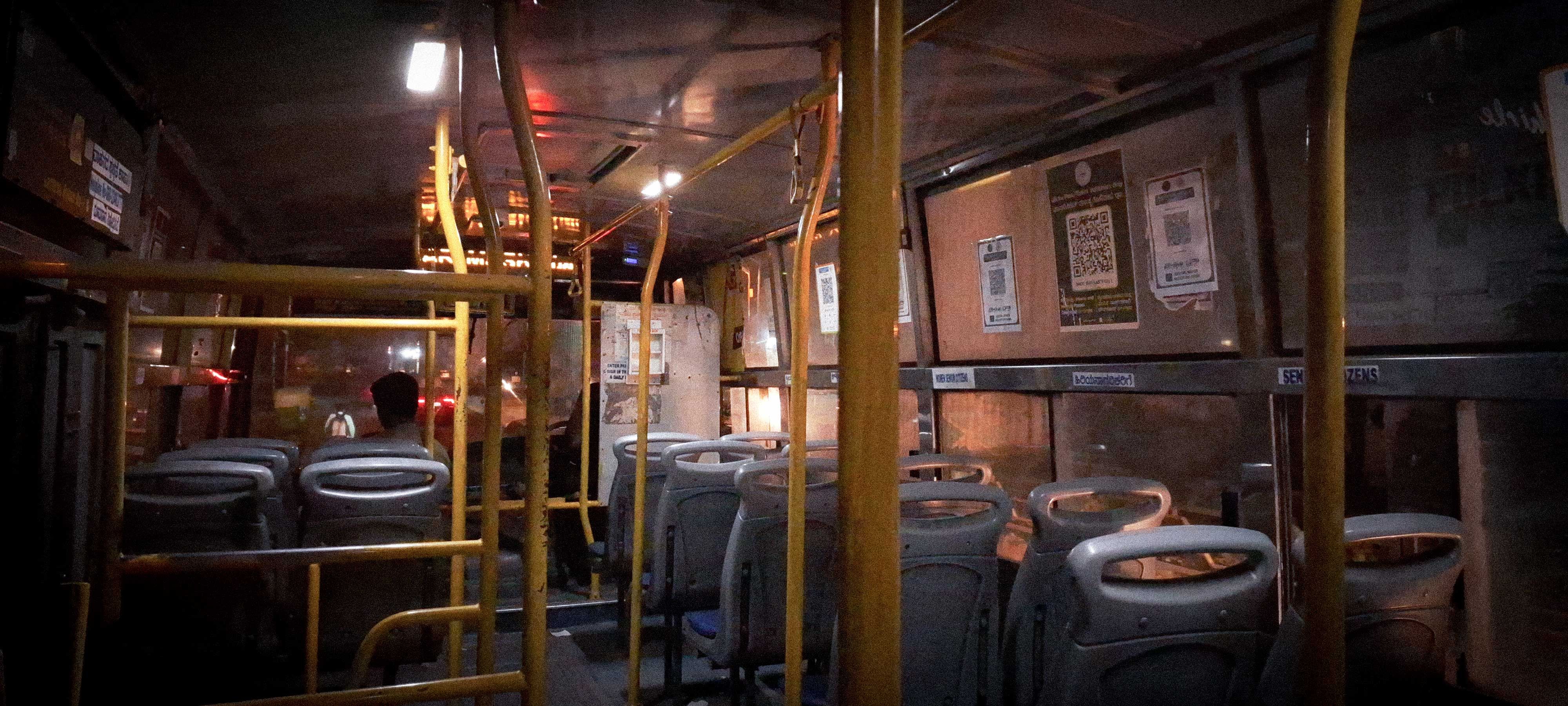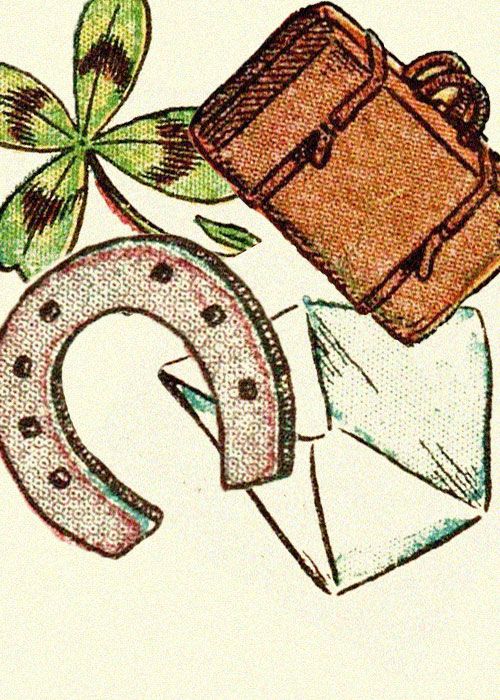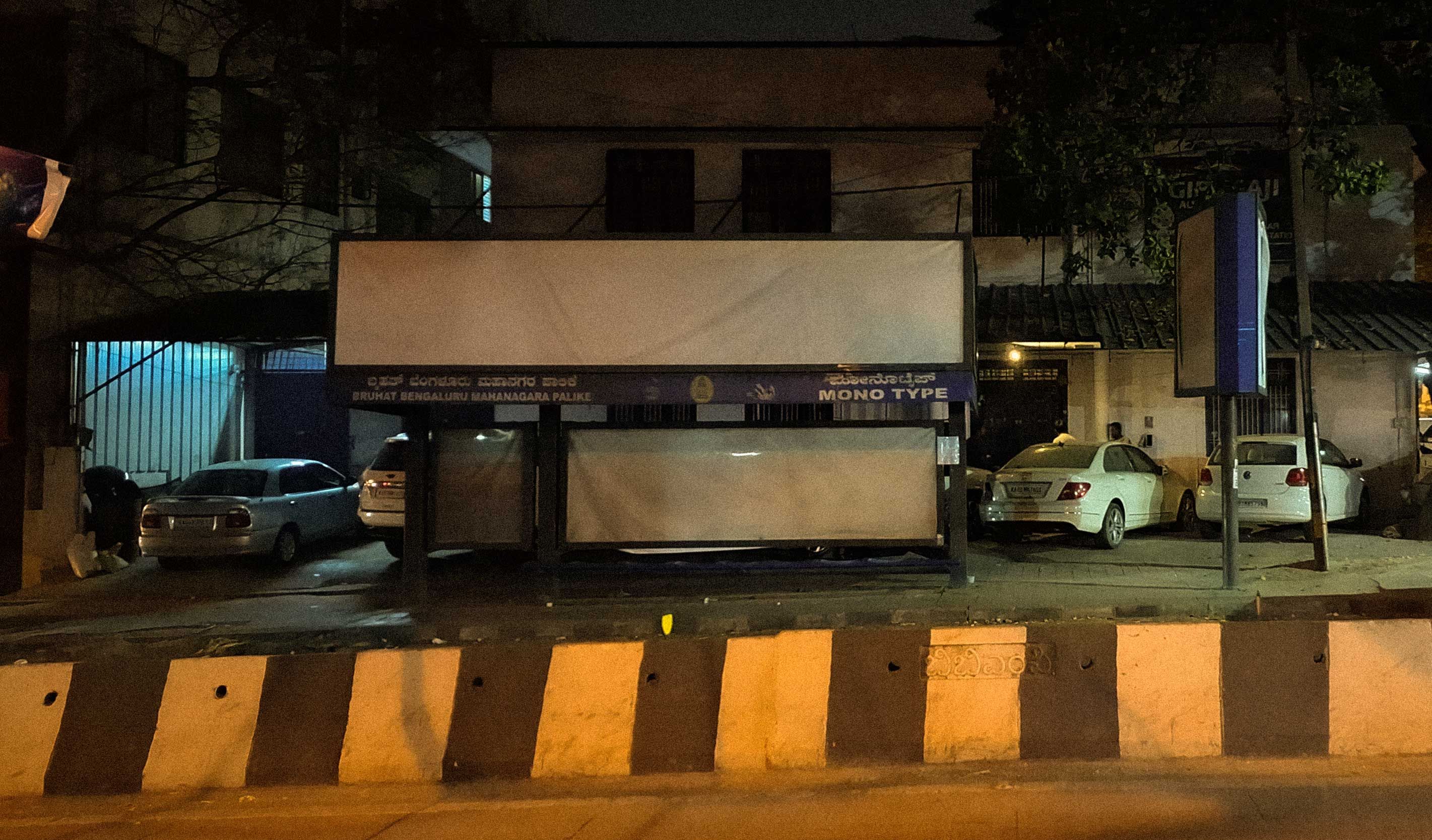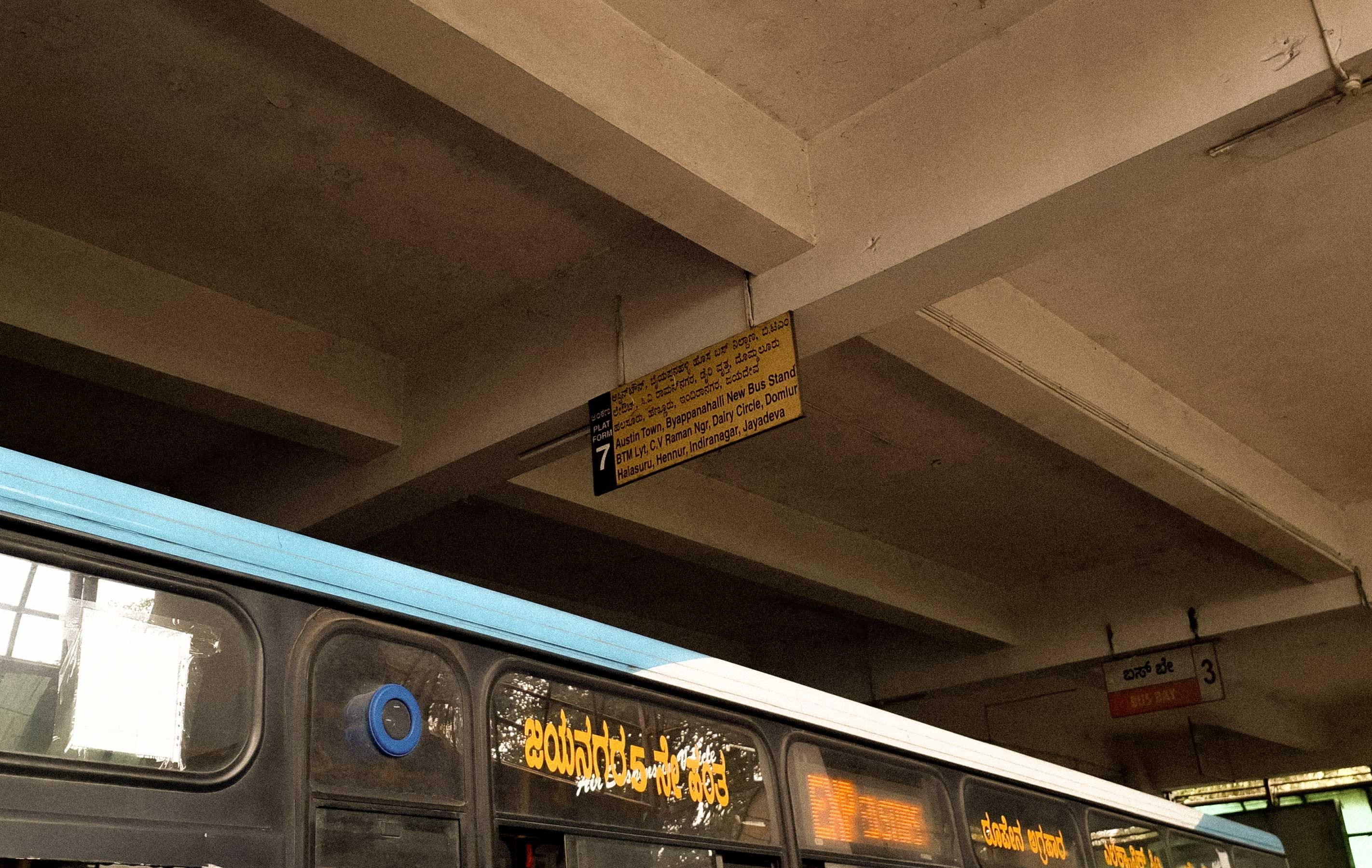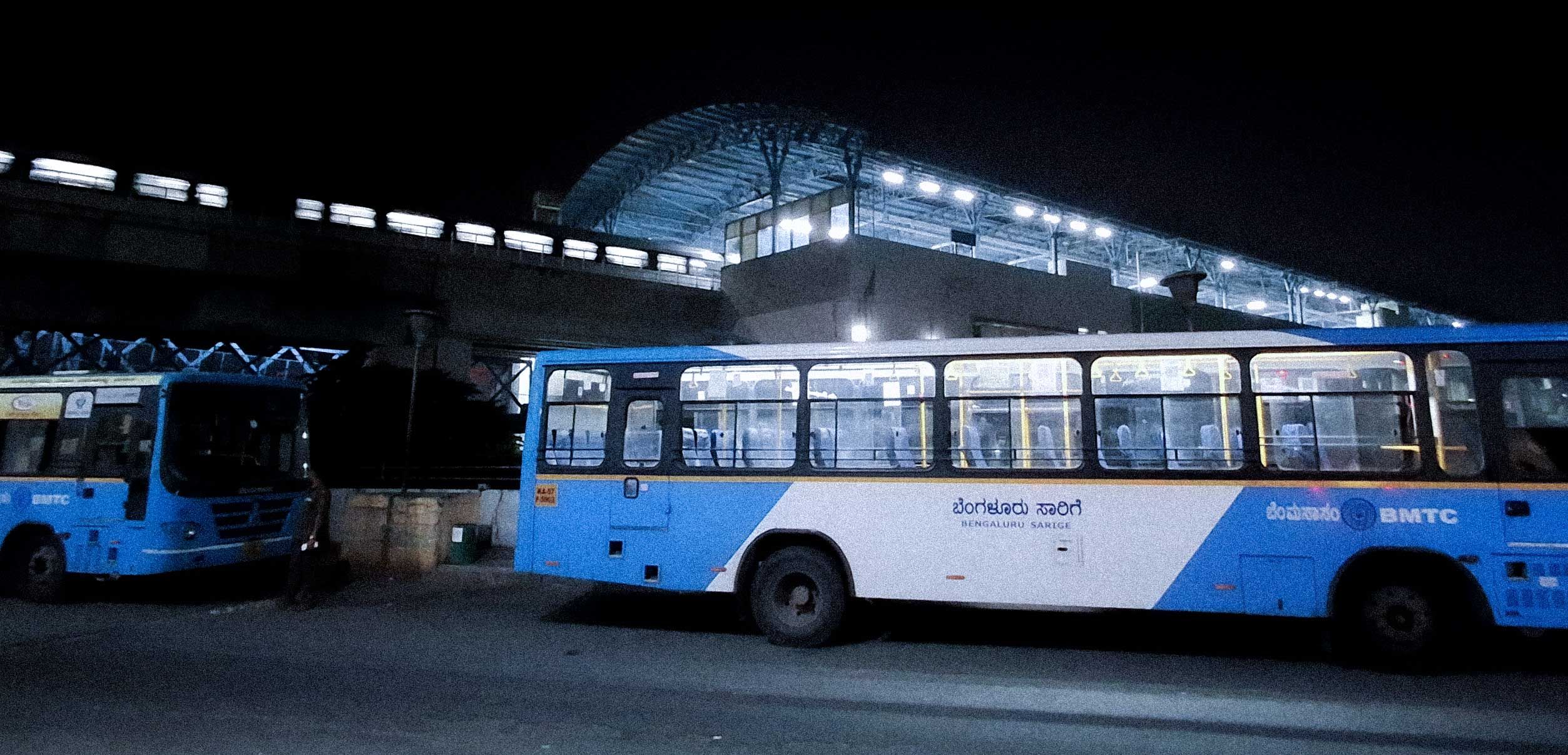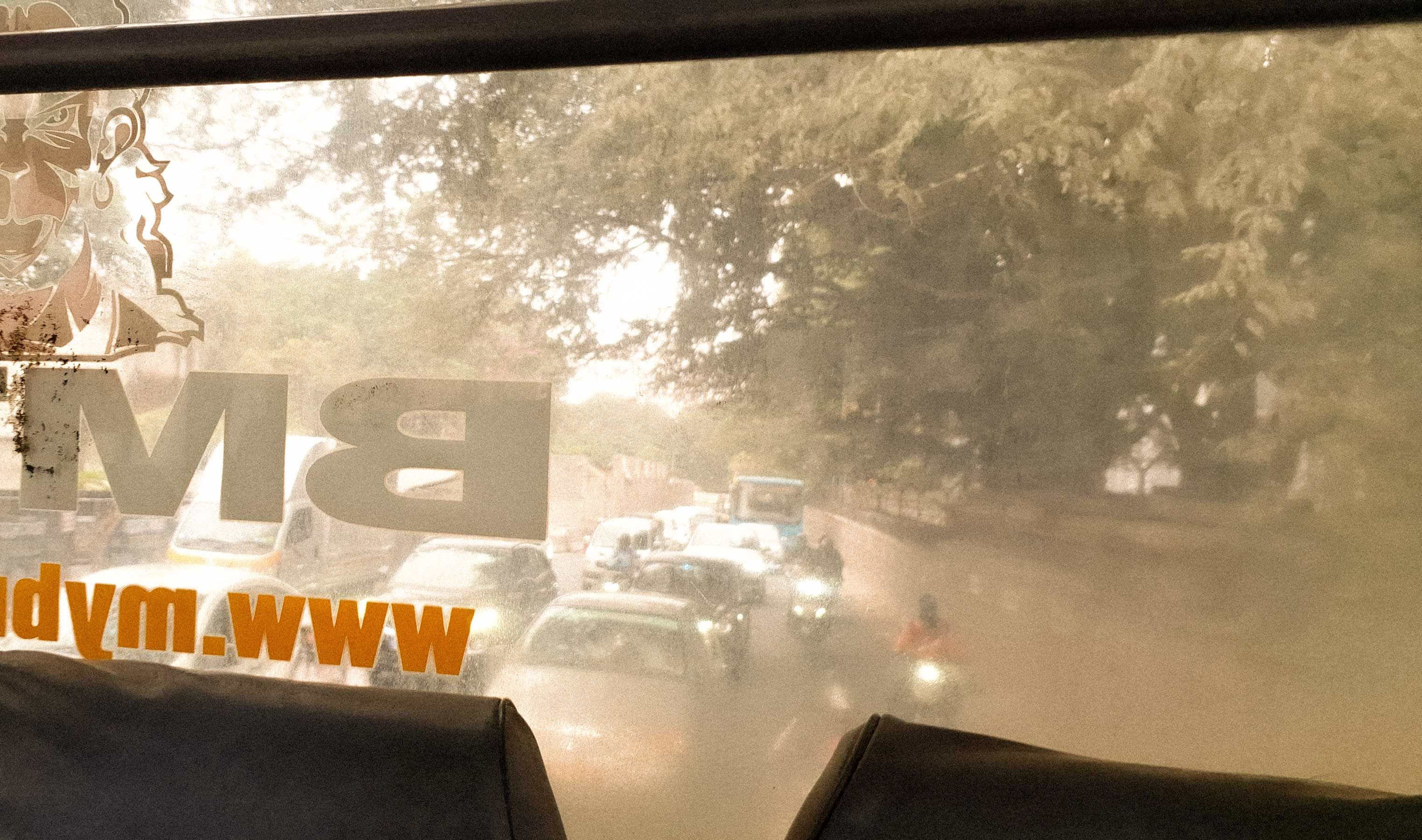Praise be to the BMTC
Praise every horsepower
in my diesel chariot.
Praise everywhere I’m going today
And praise the wayI get there.
I’ve been thinking a lot about buses lately because I’ve been using them a lot more. 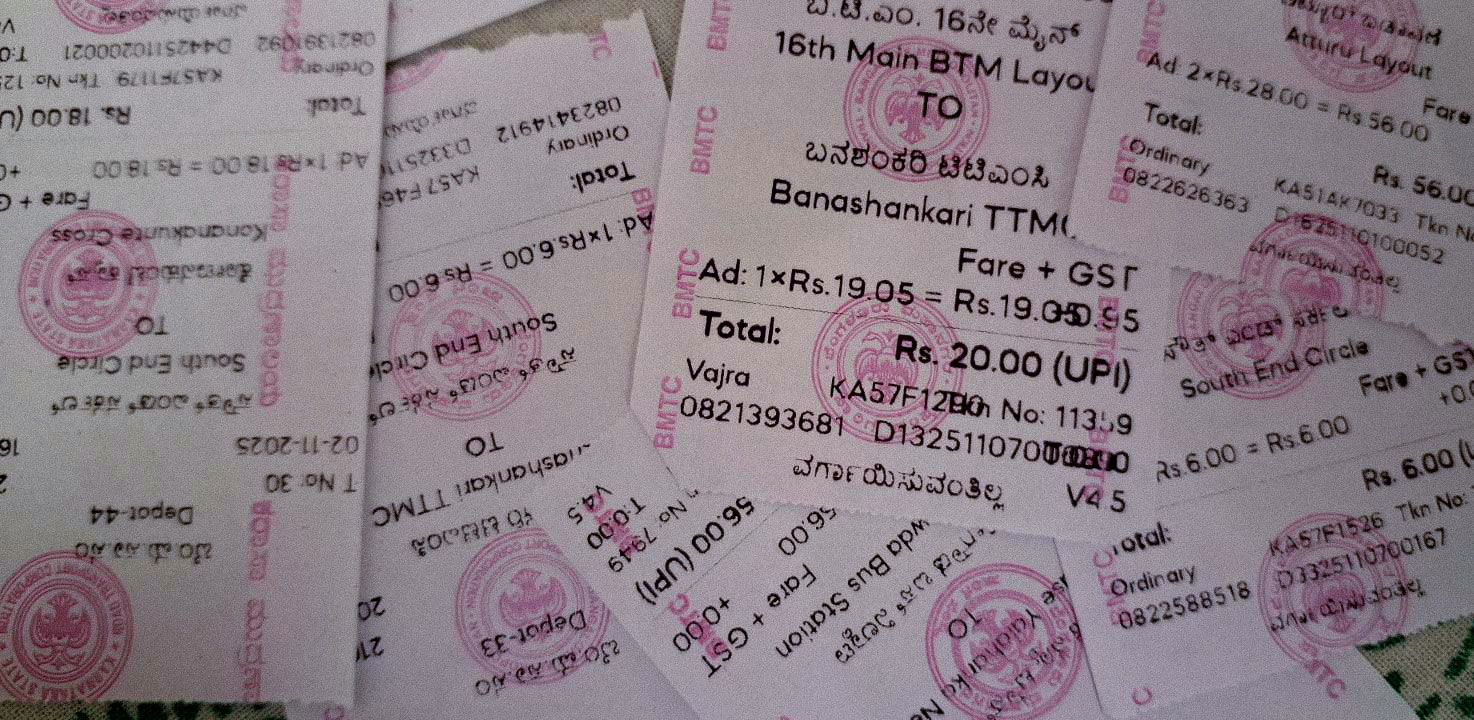
A few things have changed. First, UPI payments arrived on BMTC buses, removing the friction of exact change. Second, my friend Vivek’s app, Transit Router, made bus-stops fantastically easy to use and understand. The app shows you ‘passing routes’ at a given bus-stop, so it is not telling you a to-and-from, but showing you all the possible options you have from where you’re standing. It also provides live arrival times and bus tracking. Finally, I needed to cut expenses :P
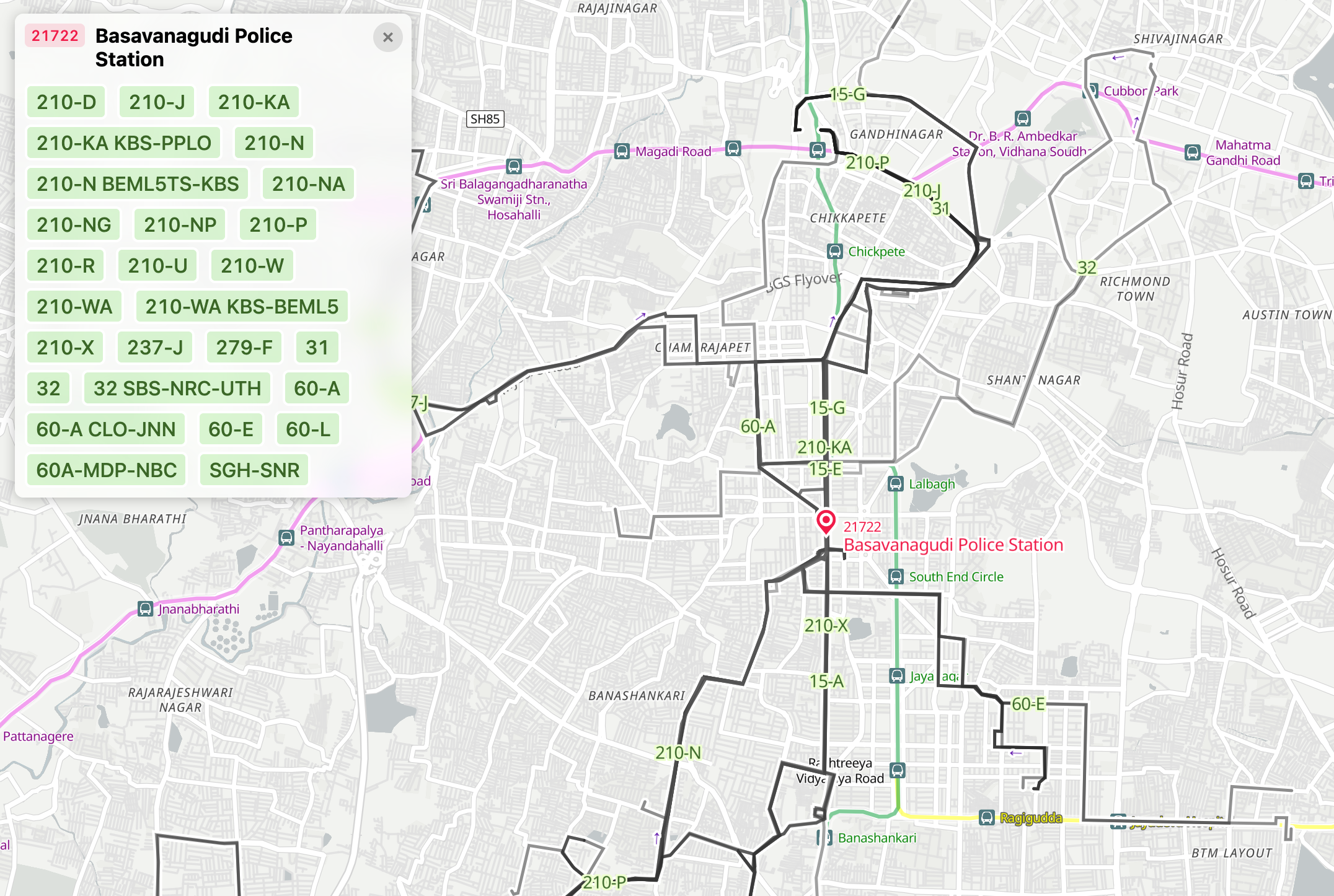
Before I go on, though, I know I need to check myself. I work from home, mostly alone. For me, riding the bus has also become a nice way to be around people (provided I am not being rolled between people inside it) but I know that’s a very privileged opinion. For most people, it’s a necessity and not a choice. They don’t romanticize it. If you’ve ever been on a bus at peak hour, you know there is very little “dignity of travel” (the rolling I describe above). Having said that, it is also okay to talk about it from my perspective, even if it is one of choice. But let it be clear I am not Oh-The-Wonderful-Spirit-Of-Mumbai-ing this.
My initial avoidance was in itself a profound hypocrisy. I love reading and talking about cities, yet I was ignoring the most vital way to understand one. Jane Jacobs wrote about the “intricate ballet” of the city sidewalk:
Under the seeming disorder of the old city, wherever the old city is working successfully, is a marvelous order for maintaining the safety of the streets and the freedom of the city. It is a complex order. Its essence is intricacy of sidewalk use, bringing with it a constant succession of eyes. This order is all composed of movement and change, and although it is life, not art, we may fancifully call it the art form of the city and liken it to the dance — not to a simple-minded precision dance with everyone kicking up at the same time, twirling in unison and bowing off en masse, but to an intricate ballet in which the individual dancers and ensembles all have distinctive parts which miraculously reinforce each other and compose an orderly whole. The ballet of the good city sidewalk never repeats itself from place to place, and in any once place is always replete with new improvisations.
Yeah, yeah, yeah. This is about walkability and neighbourhoods. We don’t have good walkable sidewalks in Bangalore everywhere. Ideally, you’d walk everywhere. But let me stretch this quote and say that “marvelous order” is still there. The bus, the next best thing to walking, still gives you a chance, the time (and often the height) to watch the city happen.
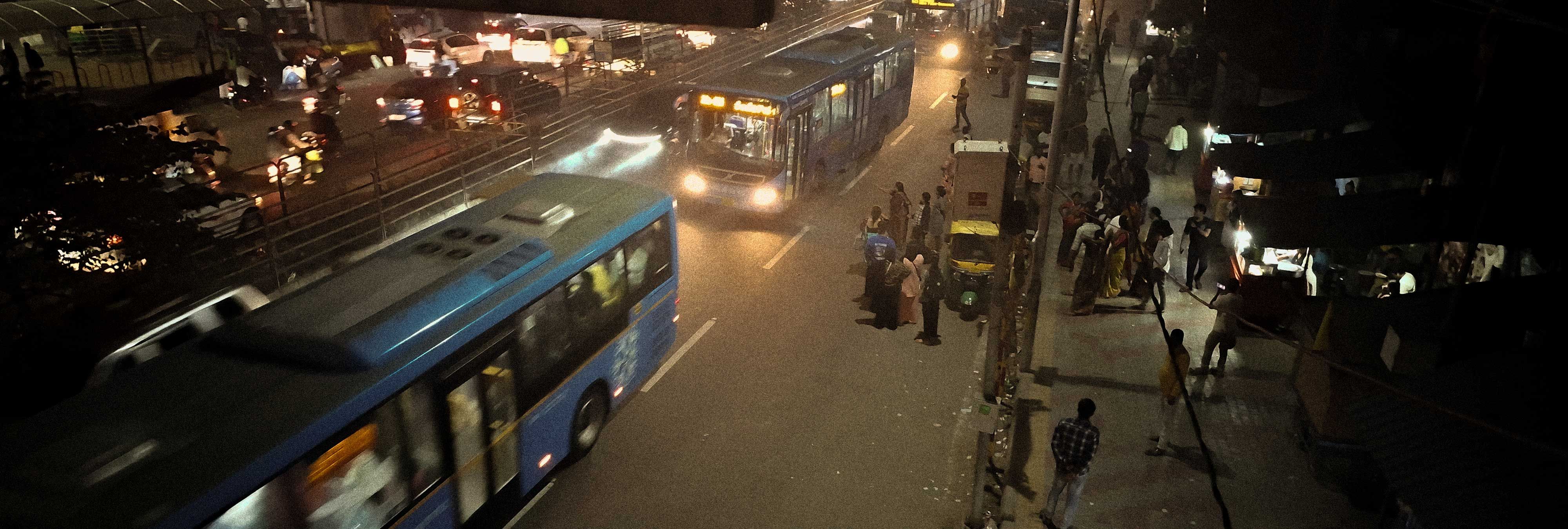
We’re going from the Tamarind Tree, past the Typewriter Factory, all the way to the Temple.
There’s a stop near my place called Hunasemara (Tamarind Tree). I have no idea where that tree is, or if it even exists, but I know that this place was once, and perhaps still is, defined by it. I live not far from a stop called Monotype, named for an old printing machinery factory. I think this is the same as Monotype.com. Think about that: a public waypoint, a dot on a map, is a memorial to a piece of obsolete, beautiful technology. People say its name every day. You see stops named “Deepak Nursing Home” or “Hero Honda.” Whenever I see something like this, I always look around the stop frantically before the bus starts moving again because I want to know why this area is named after a seemingly mundane thing. This is a way of reading the city that is completely lost when you use a GPS. Google Maps is sterile. It says, “Turn left in 200 meters.” Okay, and? If you live your entire life in a city navigating only through Google Maps, you’re not going to get around a lot. At least use OSMAnd. This is just the basic layer! You can prioritise to show footpaths, street-lights and so much more. Download from F-Droid.
Using the bus for leisure is, again, a domain of privilege. But it’s a privilege I wish for everyone, and also one that I wish people recognized. We’ve been conditioned to think of public transport as a tool for commuting; a utilitarian, often unpleasant, means to an end. We use it to get to work, to get home, to erase the space between A and B as quickly as possible. Do we need to be efficient all the time? Is it not okay to take 20 minutes longer to reach somewhere? In most cases, you’ll be stuck in the same traffic you’re trying to speed through as another bus going the same way.
One evening, I just went to the local TTMC, got on a bus, and ended up in Kengeri, 18 km away. I had a pizza at a place I’d never been to and was home by 10:30 PM. The entire trip, my “night out,” cost me ~₹60. Low-stakes exploration. Because it’s so cheap, the risk of a “failed” trip is zero. If you get on a bus and the neighbourhood is boring, who cares? You spent ₹30 and roamed a new place for an hour. Compare that to the “high-stakes” exploration of an auto or cab. You shell out ₹500, and you are committed. You’re forcing yourself to have fun to justify the cost and if it doesn’t pan out the way you expected, the trip is deemed not worth it. Not only that, but you return annoyed, heavier in your annoyance and lighter in your wallet.
This is why the bus is so much more than a bus, and I’ve started to think of it like an invitation. An auto is a transaction. It’s a negotiation you must initiate, one that is sometimes dependent on apps and can be (and often is) denied. A private car is an invitation to separate yourself from the city, to experience it from within a sealed, climate-controlled bubble. The metro is a corridor, it is an efficient invitation to a predefined, sanitized route, away above or below the city itself.
The bus gives you the freedom to be spontaneous. A bus rolling down the road says: “I am going to Shivaji Nagar. For a small price, I will take you. I don’t mind who you are, I don’t need to be haggled with. I will be back to take you home as well. You are welcome to come along.” get on a bus! If it is crowded, wait for the next one?? Occasionally when I am on it, I’ll pass a new restaurant, a park, a street that looks interesting. I just log it, and I know you can come back… because it’s easy and cheap. Low stakes, like I said.
After a while, you don’t even need Google Maps. You know, all the 15s go that way. You know the MKTs go this way. You start to understand connections; that if you stop here and wait five minutes, another bus will come. You’ve built a new mental map, richer and more complex than any app could provide. This invitation is also, I think, the antidote to the siloed, expensive, and disconnected way we live. I know people who complain that “Bangalore has nothing to do” and they are often the ones who decline this way into the city. They’ve drawn a tiny, 5 km-radius circle around their homes, defined by what’s convenient to drive or auto to. The bus blows that circle wide open.
I’m thankful for the buses. I’m thankful for the low prices and the wonderful frequency in my area. I am thankful for the conductors who stand all day and answer my questions about if this bus goes where I want, and for the drivers who drive until late at night. I am thankful for the advertisements that pay for all this. I am thankful to get a seat, I am thankful to stand.
Yes, I’m romanticizing them because I have the privilege of choice. But that’s the point. We need more people with choice to make this choice, to show that there is demand not just for basic service, but for a high-quality one. Use the bus.
